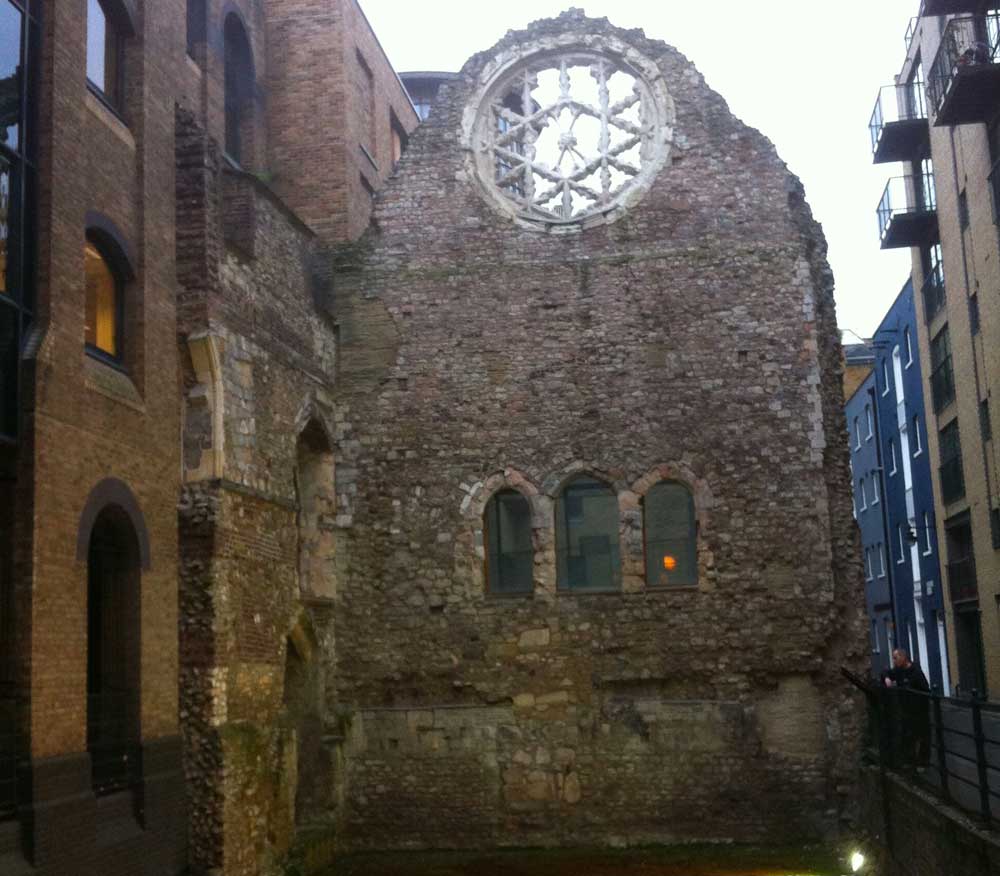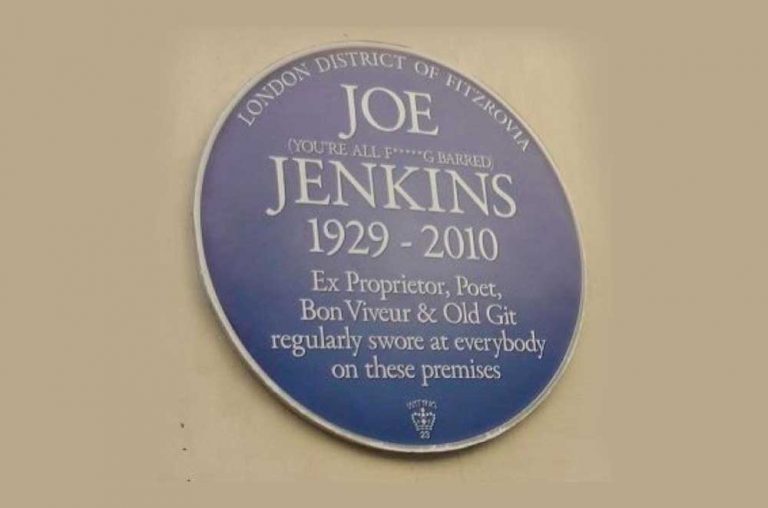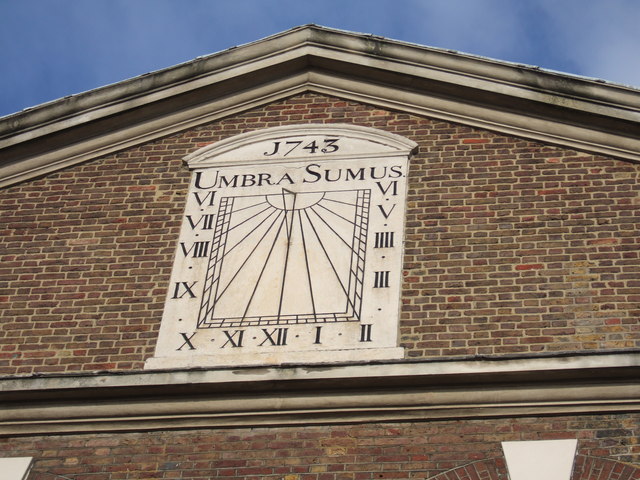Psst…wanna hear some good scandal with plenty of sex and violence, blood, guts, robbers, muggers, blackmailers, orgies, vicars and tarts?
Then chuck away your tabloids, stop gawping at the latest on who’s been doing what to whom in the White House, the pop world or the Royal Family and start delving into the background of Southwark. It’s all there.
Back in ancient times, Southwark – a corruption of the Anglo Saxon South Warke or Worke, was an important defence to the City and a colourful market area where everyone passed through on the way into London.
High-ranking church officials had properties here. But it was also the area where many of the undesirables were condemned to settle, driven there by the convenient sanctuary of the church at the bridgehead.
So human dregs of life landed up here alongside the ecclesiasts. High life and low life, churchman and criminal, prostitute and prelate – a real breeding ground for scandal.
So, on that note, let’s get down to what people really want to hear about, the seamy, steamy side of life. And what could be more lip-smacking than men of God behaving badly – especially if it involves a bit of prostitution?
Am I about to be sued by the Archbishop of Canterbury on behalf of the C of E for saying this? Not unless it’s the ghost of a former incumbent from medieval times up to the 1530s – the period I’m talking about. Members of the Oldest Profession plied their trade here in ramshackle river front properties called Stewes.
So how does the Church figure in all of this? Ecclesiastical officials with interests here included the Bishops of Winchester. These vicars-on-earth owned the Bankside Stewes – and therefore controlled everything inside. Not that anyone would openly admit to that. But His Grace and successors nevertheless took a cut of the profits.Which is why the prostitutes that plied their trade became known as the Winchester Geese.
They got this name because of their habit of standing on the steps of the river flapping their petticoats to attract the punters, which from the far north bank made them look like geese.
Respectable men avoiding the wife and hell-bent on a good time would head for the south bank fleshpots, yesteryear’s red light district that would have put hey-day Soho in the shade.They were easy prey for the cunning watermen who knew a good fall guy when they saw him.
For in those days, the only way across the river was by ferry. What better way, then, to trap your victim, desperate for his bit on the side, than to up the price of the fare – half way across the river.
In later times, other “undesirables” settled in Southwark – banned from the City whose fathers wouldn’t license them. Among them were actors, whose profession was put on a par with prostitutes – it was said that both faked it for money. What would the likes of Geilgud have said to that?
And in the late 1800s as London expanded and the Industrial Revolution took hold, the railways sliced through this area. They were banished to here by authorities whose sense of NIMBY – Not In My Back Yard – was as strong then as it is now.
As they developed, the cool, dark arches underneath the tracks in Tooley Street were used to store the food unloaded from the nearby docks. That led to the area’s nickname – The Larder of London. Today, those arches are put to better use, as is the Southwark area once covered by the Stewes.
In their places are such attractions as the the Clink, the Golden Hinde, the former Menier Chocolate Factory – now a theatre – and the winding streets and riverside walkways that give you a hint of Southwark’s colourful past. But that’s another story….




